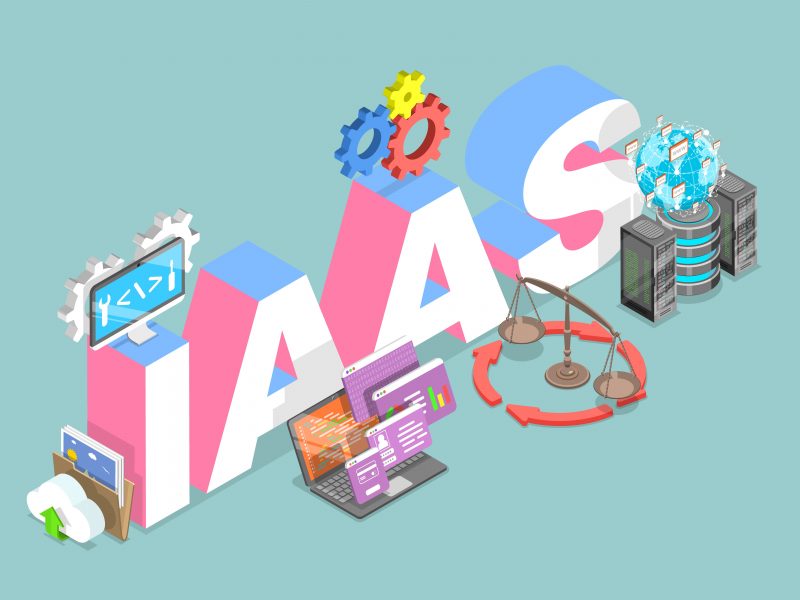Launching a Software as a Service (SaaS) product can be an exciting yet complex journey that requires careful planning, execution, and strategic thinking. In this guide, we will walk you through the step-by-step process of successfully launching a SaaS product. Whether you’re a seasoned entrepreneur or a newcomer to the SaaS industry, these proven strategies and insights will help you navigate the intricate landscape of launching a SaaS product.
The Power of SaaS
SaaS products have transformed the way businesses and individuals access and use software. Unlike traditional software models, SaaS offers the convenience of cloud-based solutions, subscription-based pricing, and continuous updates. This revolutionary approach has opened doors for countless entrepreneurs to create and deliver software products that cater to specific needs.
How to Launch a SaaS Product: Step-by-Step Guide
Step 1: Idea Validation and Market Research
Launching a successful SaaS product begins with a solid idea and thorough market research to ensure demand and viability.
Conducting In-Depth Market Analysis
Before you delve into development, research your target audience, competitors, and market trends. Leverage keyword research tools to identify search volume and competition for related terms.
Step 2: Developing a Minimum Viable Product (MVP)
MVP allows you to test your product and gather user feedback before investing heavily in development.
Choosing the Right Features for Your MVP
Prioritize essential features that address core user pain points. Keep your MVP lean to expedite development and gather valuable insights.
Step 3: Design and User Experience
User-centric design is crucial to a successful SaaS launch.
Creating an Intuitive User Interface (UI)
Collaborate with designers and UI experts to craft an interface that is user-friendly, visually appealing, and aligns with your brand identity.
Step 4: Building and Testing
This stage involves turning your idea into a functional product.
Selecting the Right Technology Stack
Choose the appropriate programming languages, frameworks, and tools that align with your product’s requirements and long-term scalability.
Step 5: Pricing Strategy and Plans
Determining your pricing model is a critical aspect of your SaaS launch.
Analyzing Competitor Pricing Models
Research your competitors’ competitive pricing strategies to position your product while offering unique value propositions.
Step 6: Pre-launch Marketing and Buzz Generation
Creating anticipation and excitement before your launch is key to a successful debut.
Creating Teaser Campaigns
Build curiosity through teaser videos, sneak peeks, and behind-the-scenes content on your social media platforms.
Step 7: Beta Testing and Feedback Integration
Launching a beta version allows you to gather valuable feedback and make improvements.
Engaging Beta Testers Effectively
Select a group of beta testers from your target audience and establish clear communication channels for their feedback.
Step 8: Launch Day Strategies
It’s time to introduce your SaaS product to the world.
Crafting an Impactful Launch Announcement
Prepare a compelling launch announcement highlighting your product’s unique features, benefits, and value proposition.
Step 9: Post-Launch Activities and User Onboarding
Your efforts don’t end on launch day – they’ve just begun.
Implementing User Onboarding Best Practices
Create a seamless onboarding process to guide new users through your product’s features and functionalities.
Step 10: Continuous Improvement and Scaling
Consistent improvement is crucial to the sustained success of your SaaS product.
Leveraging User Feedback for Iterative Development
Gather user feedback and data to identify areas for improvement and new feature development.
Also Read: How To Capture The Saas Market
FAQs
How do I validate my SaaS product idea?
Validating your SaaS product idea involves conducting market research, identifying pain points, and creating a landing page to gauge interest.
What’s the ideal pricing model for a SaaS product?
The ideal pricing model varies based on factors such as your target audience, competitors’ pricing, and the value your product offers. Consider options like tiered pricing, usage-based pricing, or freemium models.
How can I ensure a successful SaaS product launch?
A successful launch requires careful planning, effective marketing, and a well-designed product. Engage beta testers, create buzz, and prioritize user feedback for continuous improvement.
How do I handle post-launch customer support?
Offer responsive customer support through multiple platforms, such as email, chat, and a knowledge base. Address user issues promptly to maintain customer satisfaction.
What metrics should I track after launching my SaaS product?
Key metrics include customer acquisition cost (CAC), customer lifetime value (CLTV), churn rate, user engagement, and Net Promoter Score (NPS).
How can I scale my SaaS product as it gains traction?
As your user base grows, focus on optimizing server infrastructure, enhancing user experience, and expanding feature sets. Consider investing in marketing and sales channels to reach a wider audience.
Conclusion
Launching a SaaS product requires innovative thinking, strategic planning, and ongoing dedication. By following these steps and leveraging the insights provided, you can set yourself up for a successful SaaS journey that captivates users, addresses market needs, and generates lasting value.
If you’re ready to embark on this exciting journey, remember that every step is an opportunity to learn, adapt, and grow. With the right mindset and a commitment to excellence, you can transform your SaaS dream into a reality that resonates with users worldwide.


